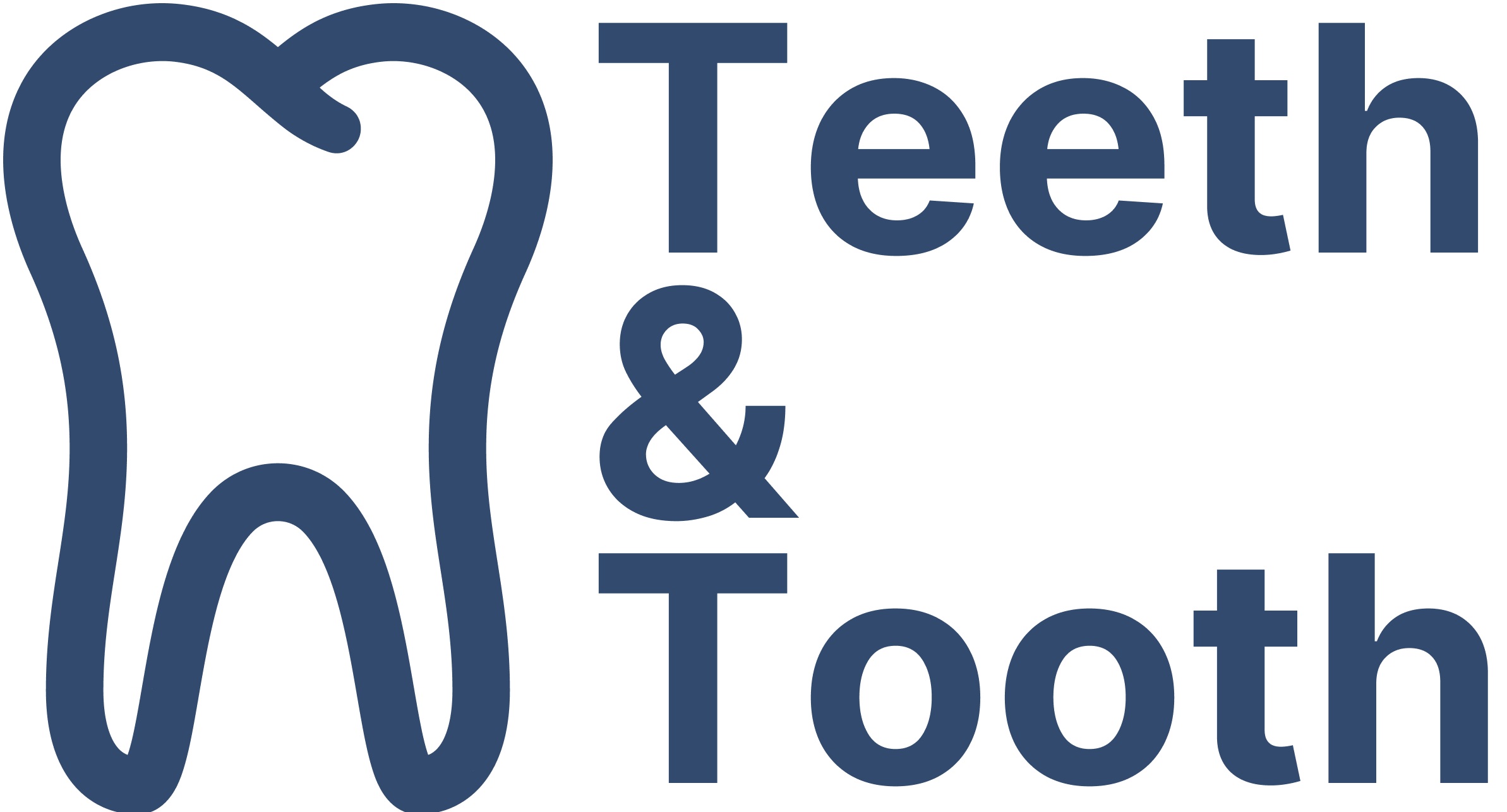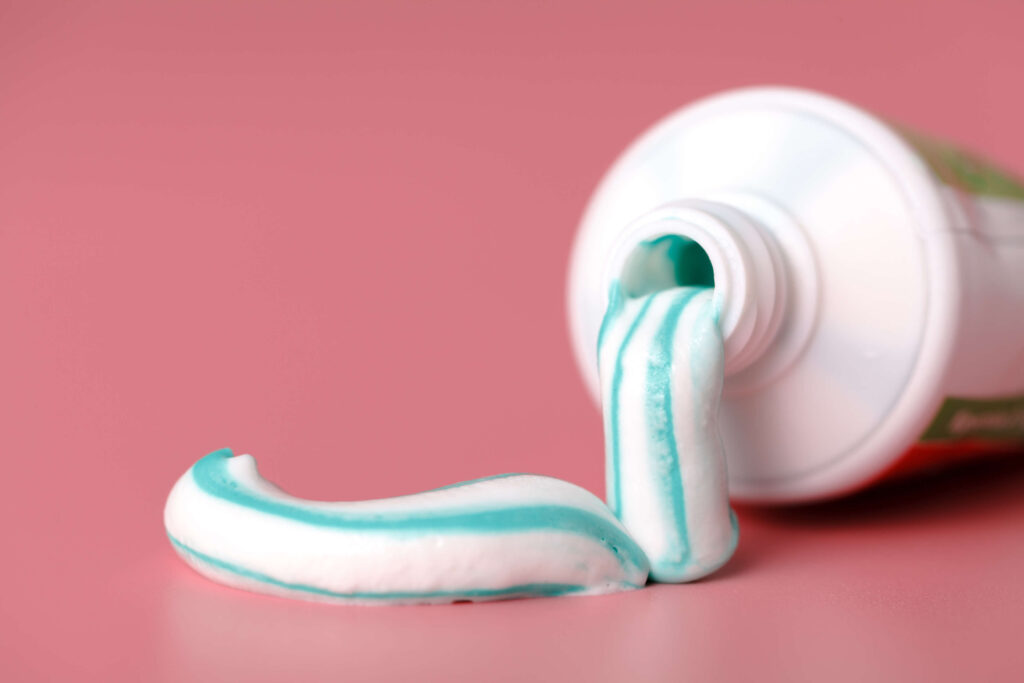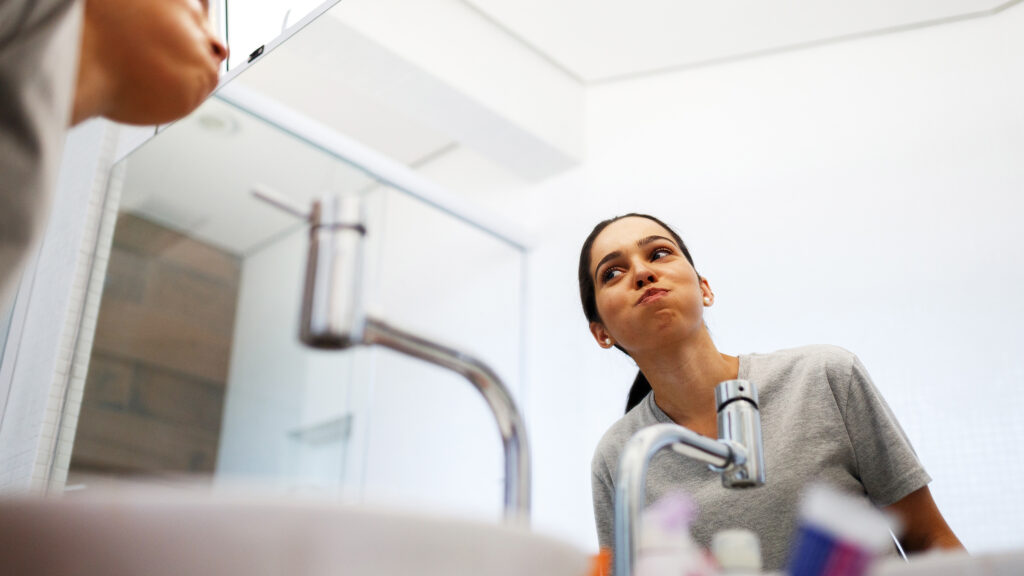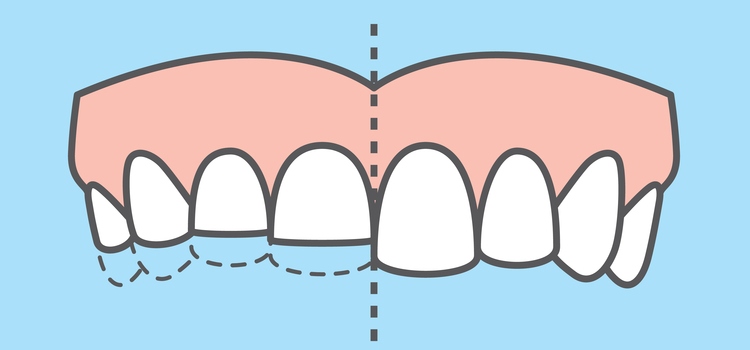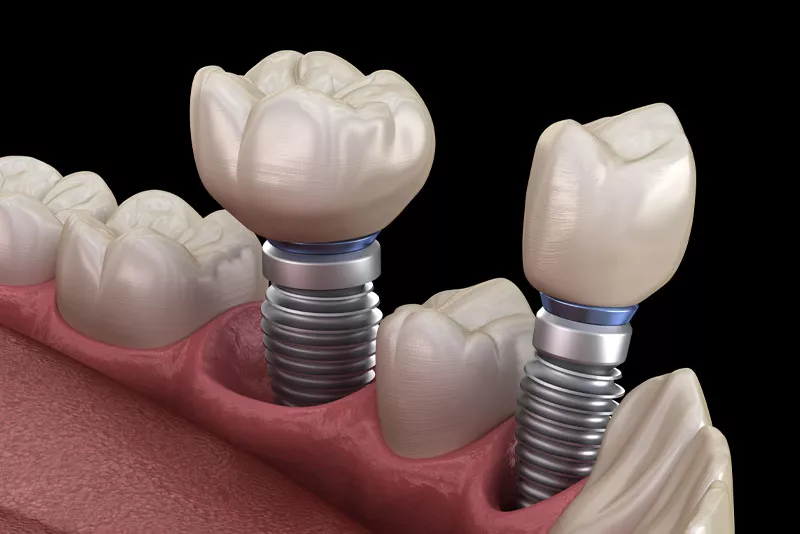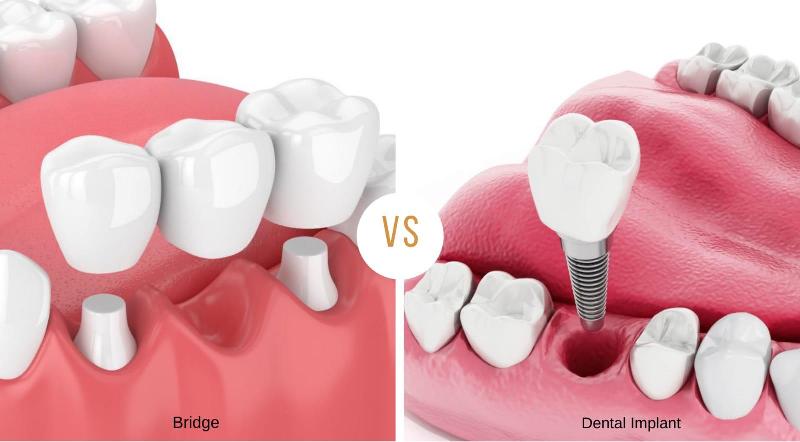Over the past century, toothpastes have grown to become a daily necessity when it comes to keeping your teeth strong and healthy. Toothpastes does the job primarily by scrapping away any unwanted plaque and tartar on the enamel while remineralizing it with flouride. That said, have you ever wondered how non-abrasive toothpaste work? And are they better than abrasive toothpaste?
In this article, we will reveal all you need to know about abrasive and non-abrasive toothpastes as well as how to choose the appropriate product for your teeth.
What Exactly is a Toothpaste?
First off, what exactly is a toothpaste? While there are no scientific terms to describe a toothpaste, it can generally be defined as a thick paste or gel that is used to clean your teeth. Toothpaste contains numerous ingredients that aim to remove plaque, whiten your teeth, and keep it healthy.
The most common ingredients in a toothpaste are as follows:
- Fluoride: The most common used and probably the most important ingredient in a toothpaste. It is a mineral that suppresses the formation of plaque while strengthens the enamel.
- Abrasives: These are small hard particles that help remove stains and tartar from your teeth. This is the ingredient that causes a grainy texture in toothpastes.
- Flavoring agents : Additives such as sorbitol impart a flavor to toothpaste, making it palatable. Sorbitol and saccharin are two of the most common flavoring agents used in toothpaste.
- Humectants: These are used to retain moisture and keep your paste from getting dry. Sorbitol is also a humectant used to give toothpaste a smooth texture.
- Surfactants: These foaming agent add a foamy action to the paste, allowing it to coat your teeth well. Sodium lauryl sulfate (SLS) is the most commonly used foaming agent.
The most commonly used abrasives are silica, calcium carbonate, and aluminium hydroxide. However, in spite of being stronger than bones, the enamel is susceptible to erosion if a highly abrasive toothpaste was used.
You may be interested in: What Are Desensitizing Toothpaste and How It Works?
As such, a scale was developed to measure the abrasiveness of toothpastes. Known as the Relative Dentin Abrasion, or RDA, it has become an international standards to determine how abrasive a toothpaste is in relative to others. A scale of 4, the lowest RDA value in the scale, is equivalent to brushing your teeth with water. While the upper limit is 250, most toothpaste in the market have a value of between 50 and 150. Toothpastes with an RDA value of above 150 is likely to cause long-term damage to your enamel and should be used with caution.
Non-abrasive toothpastes generally score a RDA value of between 20 to 70. While they are not truly non-abrasive, the concentration of abrasive is generally low enough to do little damage to the enamel, hence the term non-abrasive toothpaste.
Why Use an Abrasive Toothpaste?
Abrasive toothpaste offers an effective way to remove dental plaque and surface stains, making it a common ingredient in whitening toothpastes.
The abrasive particles in the paste work by scrubbing away the bacterial biofilm that accumulates on your teeth, helping to prevent gum diseases and tooth decay. This action also aids stain removals as the stain-causing molecules is effectively removed from the enamel, contributing to a whiter and brighter smile.
You may be interested in: Why Won’t My Teeth Whiten? All You Need to Know About Teeth Whitening
The action of abrasive particles on tooth enamel can also create an ideal surface for fluoride (commonly found in toothpaste) to adhere to. This enhances fluoride’s ability to strengthen tooth enamel and make it more resistant to decay.
Are Non-Abrasive Better Than Abrasive Toothpastes?
Non-abrasive toothpastes are neither better nor worse as it ultimately depends on one’s brushing habits. The use of toothpaste with high level of abrasiveness as well as strong brushing can cause severe and irreversible damage to your enamel.
Vice versa, poor brushing combined with the use non-abrasive toothpastes will do little to remove plaque. If left untreated, plaque turns to tartar, causing a host of dental problems such as gingivitis and tooth decay.
Best Non-Abrasive Toothpastes
If you suffer from dentin hypersensitivity, have a go at non-abrasive toothpastes. Some of the popular non-abrasive toothpastes are:
- Weleda Natural Salt Toothpaste (RDA 30 – 40)
- Elmex Sensitive Plus Toothpaste (RDA 30)
- Sensodyne Pronamel toothpaste (RDA 34)
- Arm & Hammer Dental Care Toothpaste (RDA 35)
- Colgate Sensitive Enamel Health Toothpaste (RDA 63)
- Tom’s of Maine Flouride-Free Rapid Relief Sensitive Toothpaste (RDA 49)
To conclude, non-abrasives toothpastes are not exactly non-abrasive as they also contain low levels of abrasives. However, non-abrasive toothpastes are not necessarily good for your teeth as they may do little to remove plaque from the enamel. In general, you are recommended to use a medium bristle toothbrush with a toothpaste that offers good level of abrasiveness (RDA 50 – 125) to get rid of plaque effectively.
